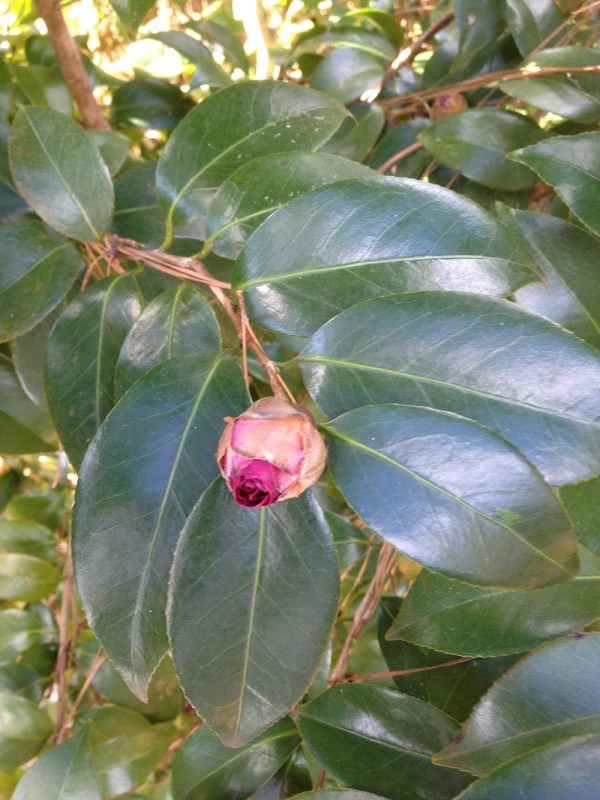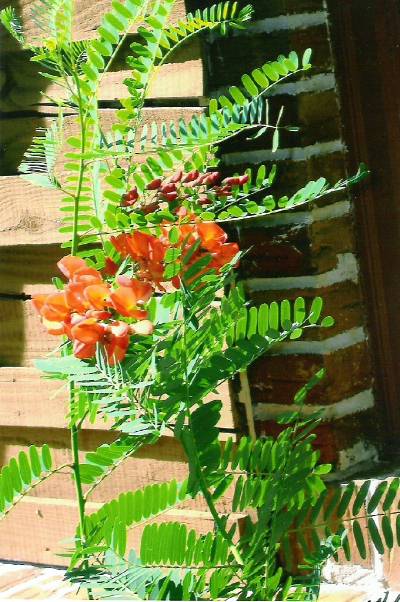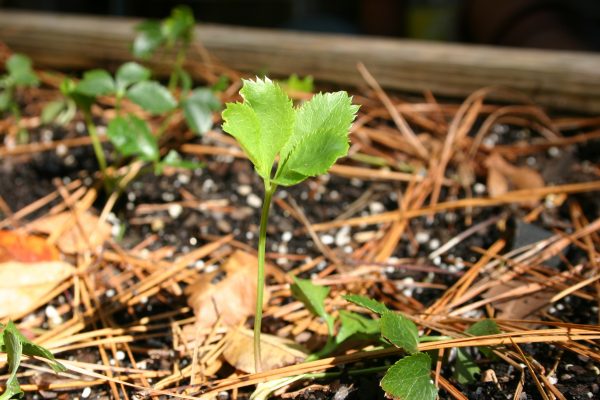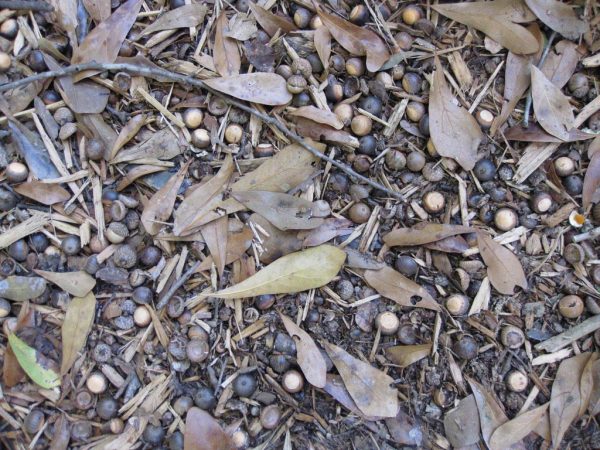Use a “One-Two Punch” on fire ants in early spring
Remember Popeye? He used his special “One-Two punch” to keep Bluto away from Olive Oil. You can use a different “One-Two Punch” to keep fire ants out of your landscape, starting in early spring:.
Fire ant colonies are weaker after winter. They are hungry too: just the right situation to feed them some fire ant bait and see stars float from their eyes.
You don’t want to use fire ant poison in this situation. Poisons may kill lots of the ants but it’s not likely that you kill the queen, so the mound will be rebuilt before you know it.
Baits are great because:
- They make the ants do the work. You spread the bait out over the entire yard, and foraging ants will find it and take it back to the nest.
- Baits minimize impact on other insects, so we’re not destroying our beneficials. Fire ant bait is very specific for fire ants.
- Fire ant baits are photodegradable, so anything that is not picked up by the ants will be rapidly detoxified and rendered harmless.
These are some fire ant baits (click for sources) that work well for imported fire ants. Amdro bait is widely available.
Baits kill the entire colony, but work slowly so it will take a few days for them to have effect; the mounds will not disappear, but the ants in them will die. Do not disturb the mounds. Do not apply the baits directly to the mounds, but rather spread them evenly all over the yard around your house and allow the ants to find them and carry the bait granules back to the nest to kill all their nestmates.
If you see an ant trail, you might want to sprinkle a little extra along that trail (outside the house – these products are not to be used indoors).
Treat late in the afternoon (just before sunset) when the outside temperature is between 60 and 90 degrees and there is no rain expected for at least 24 hours.
Once you open the container, try to use all the product within the next few days (up to one week). After that, the oil carrier for the bait might go bad and ants won’t take it. If you save part of a bag, close it tightly and store in a cool place.
Remember to read and follow label directions.
courtesy Randy Westbrooks, U.S. Geological Survey, Bugwood.org
I


















